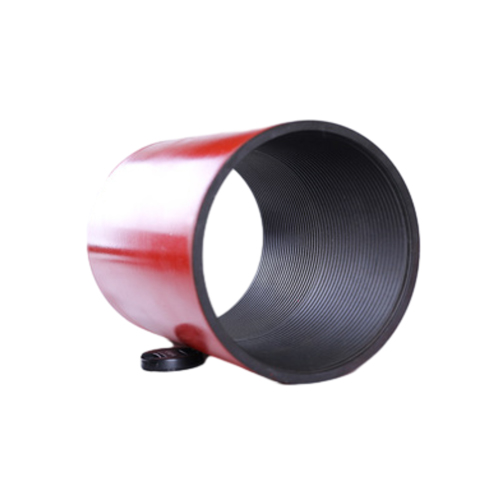- Afrikaans
- Albanian
- Amharic
- Arabic
- Armenian
- Azerbaijani
- Basque
- Belarusian
- Bengali
- Bosnian
- Bulgarian
- Catalan
- Cebuano
- Corsican
- Croatian
- Czech
- Danish
- Dutch
- English
- Esperanto
- Estonian
- Finnish
- French
- Frisian
- Galician
- Georgian
- German
- Greek
- Gujarati
- Haitian Creole
- hausa
- hawaiian
- Hebrew
- Hindi
- Miao
- Hungarian
- Icelandic
- igbo
- Indonesian
- irish
- Italian
- Japanese
- Javanese
- Kannada
- kazakh
- Khmer
- Rwandese
- Korean
- Kurdish
- Kyrgyz
- Lao
- Latin
- Latvian
- Lithuanian
- Luxembourgish
- Macedonian
- Malgashi
- Malay
- Malayalam
- Maltese
- Maori
- Marathi
- Mongolian
- Myanmar
- Nepali
- Norwegian
- Norwegian
- Occitan
- Pashto
- Persian
- Polish
- Portuguese
- Punjabi
- Romanian
- Russian
- Samoan
- Scottish Gaelic
- Serbian
- Sesotho
- Shona
- Sindhi
- Sinhala
- Slovak
- Slovenian
- Somali
- Spanish
- Sundanese
- Swahili
- Swedish
- Tagalog
- Tajik
- Tamil
- Tatar
- Telugu
- Thai
- Turkish
- Turkmen
- Ukrainian
- Urdu
- Uighur
- Uzbek
- Vietnamese
- Welsh
- Bantu
- Yiddish
- Yoruba
- Zulu
Key Distinctions Between Casing and Tubing in Oil and Gas Drilling Operations
Differences Between Casing and Tubing in Oil and Gas Operations
Casing and tubing are integral components of oil and gas well construction, each serving distinct purposes that contribute to the overall effectiveness of the well. Understanding the differences between casing and tubing is key for professionals in the energy sector, as well as for anyone interested in the technical aspects of drilling and production.
Definition and Purpose
Casing is a series of steel pipes that are installed in a wellbore to stabilize the walls of the borehole. It provides structural integrity and prevents the collapse of the wellbore during drilling operations. Additionally, casing helps isolate different layers of rock or formations, protecting freshwater aquifers from contamination by petroleum products and other fluids.
On the other hand, tubing is a smaller diameter pipe that runs through the casing and serves as the conduit for oil and gas to flow to the surface. Once the drilling has reached its target depth and the well has been completed, tubing is installed to facilitate the production of hydrocarbons. Unlike casing, which remains in the well for the duration of its operational life, tubing can be replaced or removed if necessary.
Construction and Materials
Both casing and tubing are constructed from steel, but they differ in specifications and characteristics. Casing pipes are typically thicker and designed to withstand higher pressures encountered during drilling and production. They can range in diameter from 4.5 inches to more than 20 inches, depending on the well's design and the conditions of the geological formations.
Tubing, conversely, is usually thinner and has a smaller diameter, ranging from about 2.375 inches to 5.5 inches. The reduced size of tubing compared to casing allows it to be more flexible and easier to handle during installation and maintenance operations.
what are the differences between casing and tubing?

Installation Process
The installation processes for casing and tubing are also different. Casing is usually installed during the drilling phase of the well. After reaching the desired depth, cement is pumped down the casing, filling the annular space between the casing and the borehole walls, which secures the casing in place. This cementing process prevents the migration of fluids between different geological layers and adds additional support to the casing.
In contrast, tubing is installed after the well has been completed and the production casing is set and cemented. It is often inserted through the casing and sealed at the top, allowing the extraction of oil and gas. The installation of tubing may involve complex equipment, such as production packers, which create a seal between the tubing and the casing to prevent the mixing of different fluids.
Functionality in Production
The functional differences between casing and tubing are critical during the production stage of a well. Casing primarily serves to protect the wellbore and maintain its integrity throughout the life of the well. It also provides support for various equipment used in the extraction process, such as pumps and separators.
In contrast, tubing is the primary pathway for the hydrocarbons to travel from the reservoir to the surface. It is engineered to handle the flow of fluids under pressure, ensuring efficient production rates. The design and material of the tubing also allow it to resist corrosion and erosion caused by the harsh environments often found in oil and gas reservoirs.
Conclusion
In summary, casing and tubing are both essential parts of oil and gas wells, but they serve very different purposes. Casing stabilizes the wellbore and isolates different formations, while tubing provides a conduit for oil and gas to reach the surface. Understanding these differences is crucial for engineers, geologists, and industry professionals involved in the entire lifecycle of a well, from drilling to production and beyond. Proper installation and maintenance of both casing and tubing are vital to ensuring the efficiency and safety of oil and gas operations.
-
Tubing Pup Joints: Essential Components for Oil and Gas OperationsNewsJul.10,2025
-
Pup Joints: Essential Components for Reliable Drilling OperationsNewsJul.10,2025
-
Pipe Couplings: Connecting Your World EfficientlyNewsJul.10,2025
-
Mastering Oilfield Operations with Quality Tubing and CasingNewsJul.10,2025
-
High-Quality Casing Couplings for Every NeedNewsJul.10,2025
-
Boost Your Drilling Efficiency with Premium Crossover Tools & Seating NipplesNewsJul.10,2025







